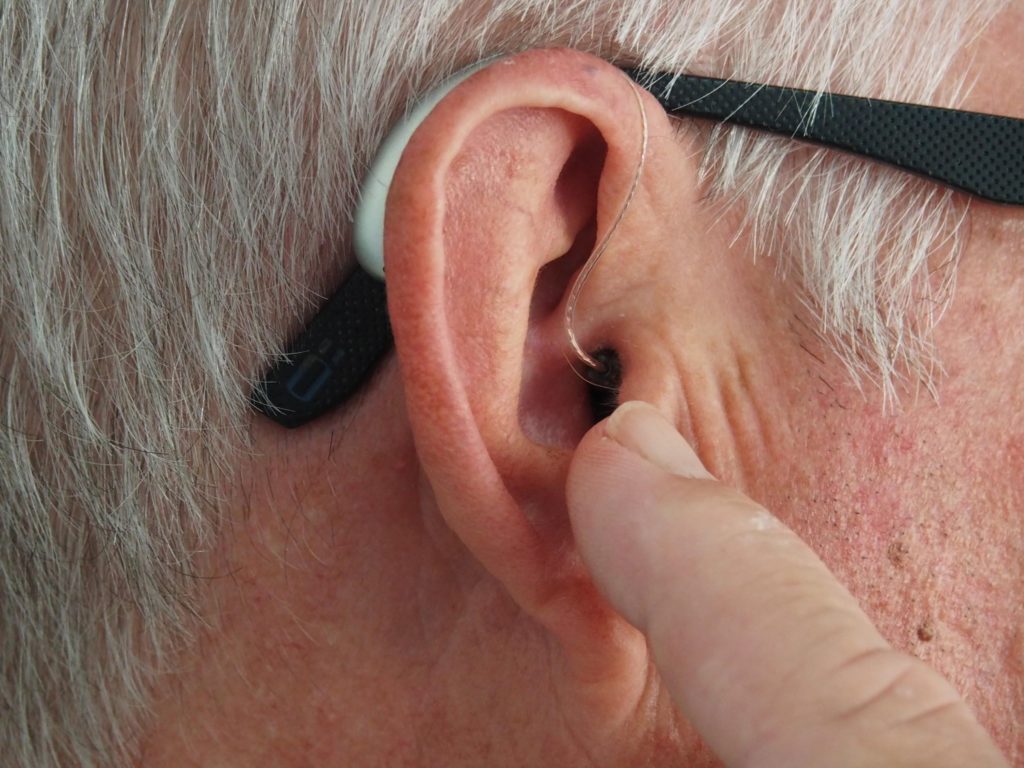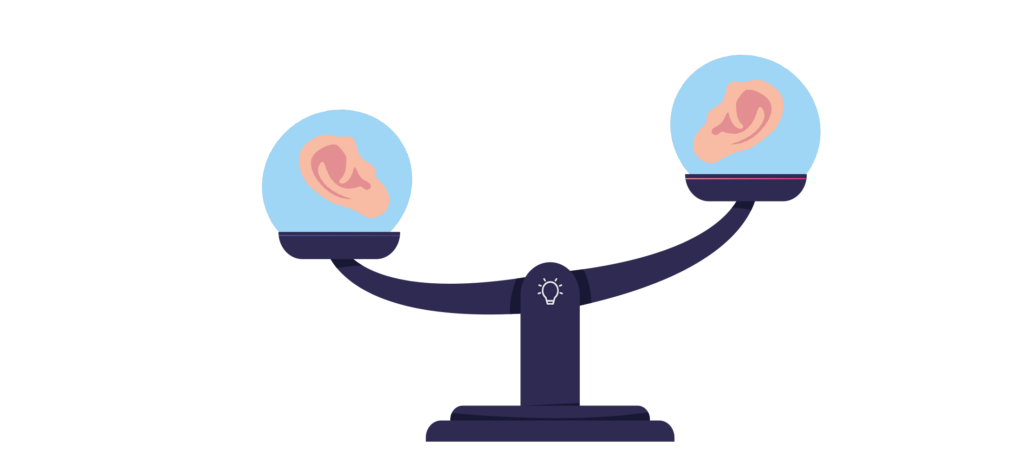WHAT ARE CHANNELS IN HEARING AIDS?
If you have spent any time researching hearing aids, you would have come across the wod “channel” several times. If not, you would have been told how the cost of the hearing aid is justified based on the number of channels it has. Here is a quick explanation of what they are and if they actually have an impact on your hearing.
What are channels?
A good analogy to understand channels, would be the resolution of a camera. Humans hear a wide range of frequencies (150-8000 Hz for speech), and depending on what kind of sound it is, some frequencies may be louder than others (Ex: Female voices have higher frequency sounds than male voices). When the hearing aid captures the sound from the environment, it collects all these frequencies at once, and this makes it difficult to make precise adjustments to the sound. To make this process easier, the hearing aid divides the sound into “channels.”
Why are channels needed?
Usually, hearing loss is not equal at all frequencies. For instance, in the audiogram below, the individual has more loss in higher frequencies compared to the lower ones. To compensate for the loss, the hearing aid will have to increase the loudness for high versus low frequency sounds differentially. This can only be done if the hearing aid segregates the incoming sound into different frequencies.
Why are there different numbers of channels?
The number of channels the hearing aid has, corresponds to how many times the incoming sound has been divided (Ex: A 3 channel hearing may divide it into Low, Mid and High frequency groups).
Does more channels mean more clarity?
This is not necessarily the case. Studies have shown that there is drastic improvement in speech understanding as we go from 1 upto 8 channels, after which there is only minimal improvement with increasing channels. Strictly speaking, there is no discernible benefit of having more than 24 channels.
Higher-end hearing Aids have more channels, doesn’t this mean they are better?
Yes, higher end or “Premium” category hearing aids usually have a higher number of channels, but the pricing of these aids is not due to the number of channels alone. Just like costlier mobile phones will have several features that are better like RAM, Memory, battery power, in addition to camera resolution, higher-end hearing aids have faster processing (which is important to compute the data from a higher number of channels), better noise reduction, more frequency specificity, connectivity, feedback cancellation and several other features to make them worth the price.
So, there is a lot of benefit to having a certain number of channels in your hearing aid, but that is not the only deciding factor in your hearing aid selection process. Our professionals at Hearing Point will ensure you experience different types of hearing aids with varying features to help you make an informed decision, so book your trial with us now!





























